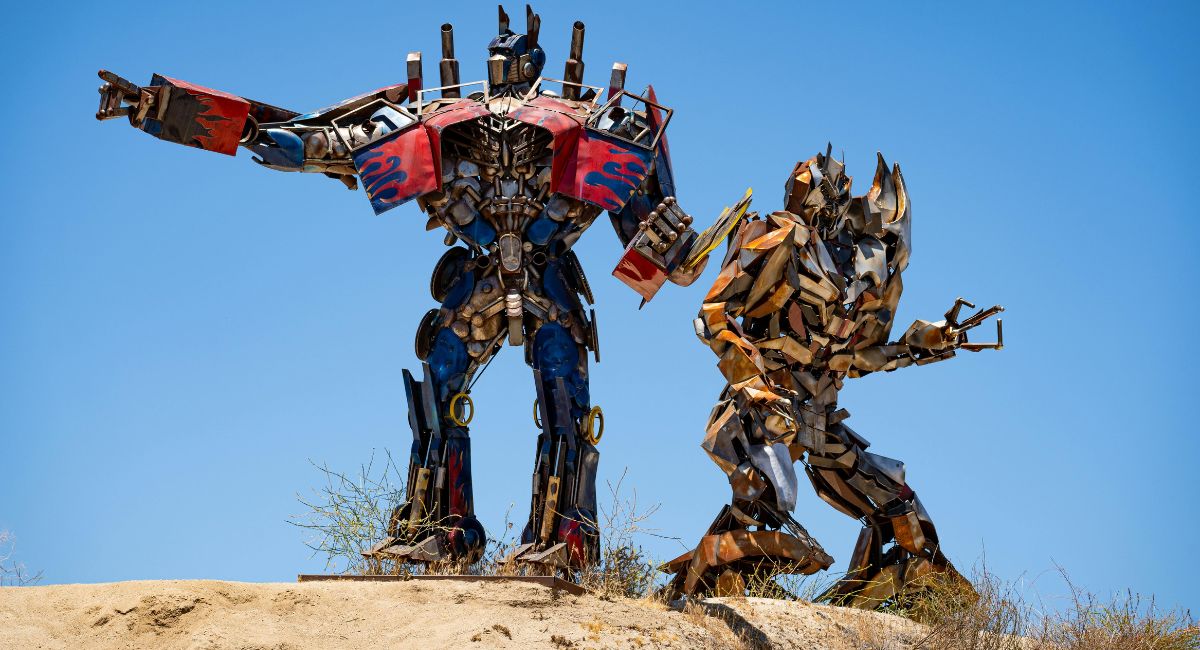Robotics, Artificial Intelligence, and Machine Learning: How Far Have We Come and What Lies Ahead?
Introduction: A Defining Force of the 21st Century
In 2023, the global AI market surpassed $240 billion (Statista), and robotics revenue alone is projected to exceed $100 billion by 2030 (McKinsey). These numbers aren’t just impressive—they show how artificial intelligence (AI), machine learning (ML), and robotics have moved from research labs into everyday life. From self-driving cars to generative AI chatbots, from industrial robots to robotic surgeons, this technological triad has become one of the defining forces shaping the 21st century.
But how far have we really come? Who leads the race? What are the shortcomings? And most importantly, what lies ahead? Let’s explore.
Progress So Far: Milestones in Robotics, AI, and ML
The journey of robotics and AI has been marked by breakthroughs that once seemed like science fiction:
- Industrial Automation: Robots like ABB’s and FANUC’s arms dominate automotive and electronics manufacturing. Today’s factories run 24/7 with AI-powered robots that detect errors in real time.
- Healthcare Robots: Robotic systems like Da Vinci Surgical System assist surgeons with precision, while AI diagnostics outperform radiologists in detecting certain diseases.
- Autonomous Vehicles: Tesla, Waymo, and Baidu are advancing self-driving cars, though regulatory and safety hurdles remain.
- Generative AI: Models like OpenAI’s ChatGPT and Google DeepMind’s Gemini mark a shift—AI isn’t just analyzing data, it’s creating text, images, code, and even scientific hypotheses.
- Humanoid Robots: Boston Dynamics’ Atlas, Tesla’s Optimus, and Figure AI’s humanoids show progress toward general-purpose robots capable of assisting in daily life.
In short, AI and robotics have moved beyond narrow tasks—they’re becoming collaborators, creators, and companions.
The Role of Data: The Fuel for Robotics and Machine Learning
If AI is the brain, then data is the lifeblood. Without vast amounts of structured and unstructured data, today’s AI and robotics would not exist.
- Big Data in Robotics: Sensors on robots generate terabytes of real-time data. This data trains ML models to improve navigation, manipulation, and decision-making.
- Training Sets: Labeled data helps machine learning systems recognize objects, faces, or language patterns.
- Reinforcement Learning: Robots learn by trial and error—similar to how children learn to walk.
- Synthetic Data: When real-world data is scarce, synthetic datasets (AI-generated) help train models for rare events, such as accidents in autonomous driving.
- Ethical Data Use: Privacy, consent, and bias remain pressing concerns. A biased dataset can lead to biased robots, raising questions about fairness in AI-driven decisions.
Data doesn’t just enable robots to function—it determines how well they adapt, evolve, and serve humanity.
Global Leaders in Robotics & AI
The race to dominate AI and robotics is global, and leadership is concentrated among a few powerful nations and companies:
Leading Countries
- United States: Home to OpenAI, Google DeepMind (U.K. but acquired by Alphabet), NVIDIA, Tesla, and Boston Dynamics.
- China: Heavy investment in AI infrastructure; companies like Baidu, Huawei, and DJI Robotics lead globally.
- Japan: Pioneer in humanoid robots (Honda’s ASIMO, SoftBank’s Pepper) and industrial robotics.
- South Korea: Advances in robotic caregivers, Samsung’s AI labs, and Hyundai’s acquisition of Boston Dynamics.
Leading Companies
- Boston Dynamics – Known for agile humanoid and quadruped robots.
- OpenAI & Google DeepMind – Leaders in generative AI and advanced ML.
- NVIDIA – Powers most AI computing with GPUs.
- Tesla – Pioneering self-driving and humanoid robotics.
- ABB & FANUC – Industrial automation giants.
The competition is less about single products and more about building the ecosystems that will define AI-powered industries of the future.
Shortcomings & Challenges
Despite incredible progress, robotics and AI face serious limitations:
- Bias in AI: Data bias leads to unfair or unsafe outcomes.
- High Costs: Developing advanced robots and training AI models costs millions (training GPT-4 reportedly cost over $100 million).
- Energy Consumption: Large AI models consume massive power, raising sustainability concerns.
- Lack of General Intelligence: Current AI is still “narrow”—powerful at specific tasks, weak at general reasoning.
- Regulatory Hurdles: Governments are scrambling to regulate AI use in privacy, warfare, and employment.
- Ethical Dilemmas: Autonomous weapons, job displacement, and surveillance raise pressing societal questions.
These shortcomings highlight that while progress is rapid, the path ahead is far from smooth.
Future Prospects: What Lies Ahead
The next decade promises to be transformative. Some areas to watch:
- Humanoid Robots: Expect multipurpose robots assisting in households, logistics, and healthcare.
- Artificial General Intelligence (AGI): Still debated, but advancements in reasoning and self-learning bring us closer.
- AI-Driven Industries: From drug discovery to finance, AI will reshape entire sectors.
- Space Exploration: NASA and SpaceX are already exploring AI-driven rovers and maintenance robots for extraterrestrial missions.
- Edge AI: Processing data locally on robots (instead of cloud) for faster, safer decisions.
- Collaborative Robots (Cobots): Robots designed to work safely alongside humans in factories and offices.
The fusion of AI, robotics, and ML will likely lead to human-machine symbiosis, where technology amplifies human creativity and problem-solving.
Conclusion: A Future of Symbiosis
Robotics, AI, and machine learning have come a long way—from rigid machines on factory floors to intelligent systems capable of creating, learning, and adapting. Yet, the journey ahead is just as challenging as it is exciting.
Who will lead the race? How do we regulate and harness AI responsibly? And how do we ensure that robots and AI serve humanity rather than replace it?
The answers are still unfolding, but one thing is clear: the future of robotics and AI is not about machines replacing humans, but about machines working with humans—to build a smarter, more connected world.



